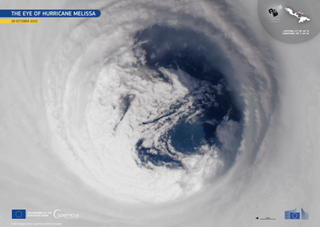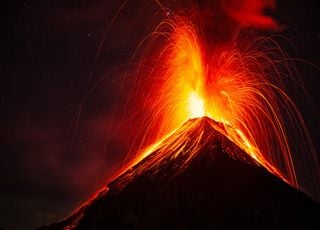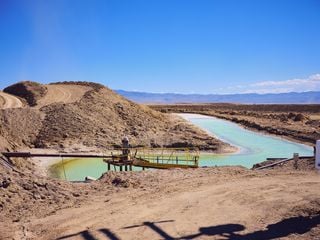NOAA experts issue final La Niña warning for 2025 under ENSO-neutral conditions
According to experts, ENSO-neutral conditions are favoured during the Northern Hemisphere summer, with a greater than 50% probability of continuation through the period from August to October 2025.

In March 2025, ENSO-neutral conditions returned, with below-average sea surface temperatures (SSTs) weakening in the central and east-central equatorial Pacific Ocean [Fig. 1].
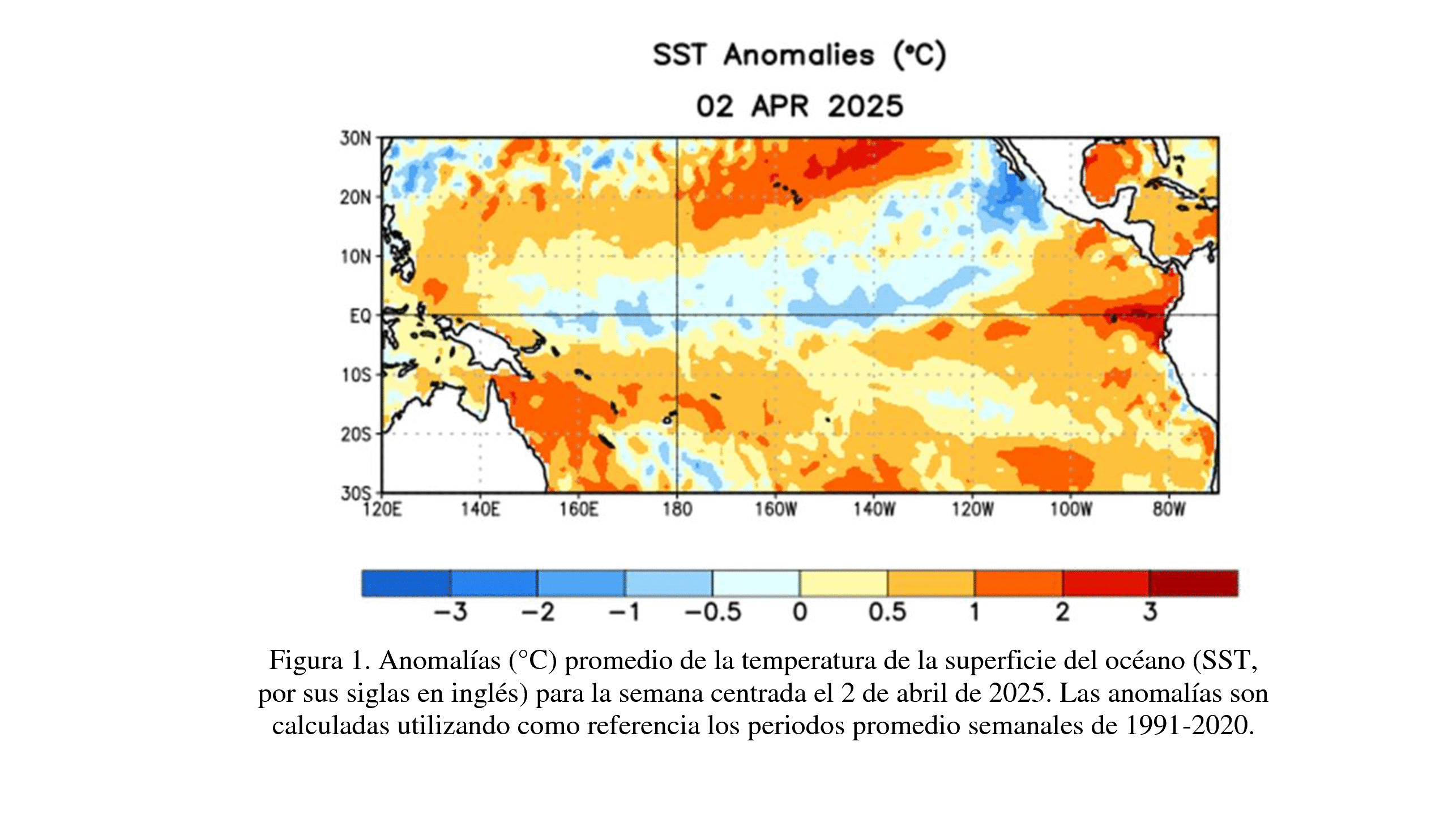
NOAA says La Niña is over, according to weather expert Ben Noll, (known as @BenNollWeather on Twitter/X). The meteorological event peaked on 2 February, 2025, when the 30-day Ocean Relative Niño Index, which measures the current state of tropical oceans, reached -1.31˚C. The traditional index bottomed at -0.79˚C.
Thats a wrap NOAA says La Niña is over.
— Ben Noll (@BenNollWeather) April 10, 2025
The event peaked on Feb. 2, when the 30-day Relative Oceanic Niño Index, which accounts for the current state of the tropical oceans, reached -1.31˚C.
The traditional index bottomed out at -0.79˚C. pic.twitter.com/W7L5QKCh3r
El Niño index values at the western end were close to zero, while positive index values persisted at the eastern end for Niño-3 and Niño-1+2 [Fig. 2].
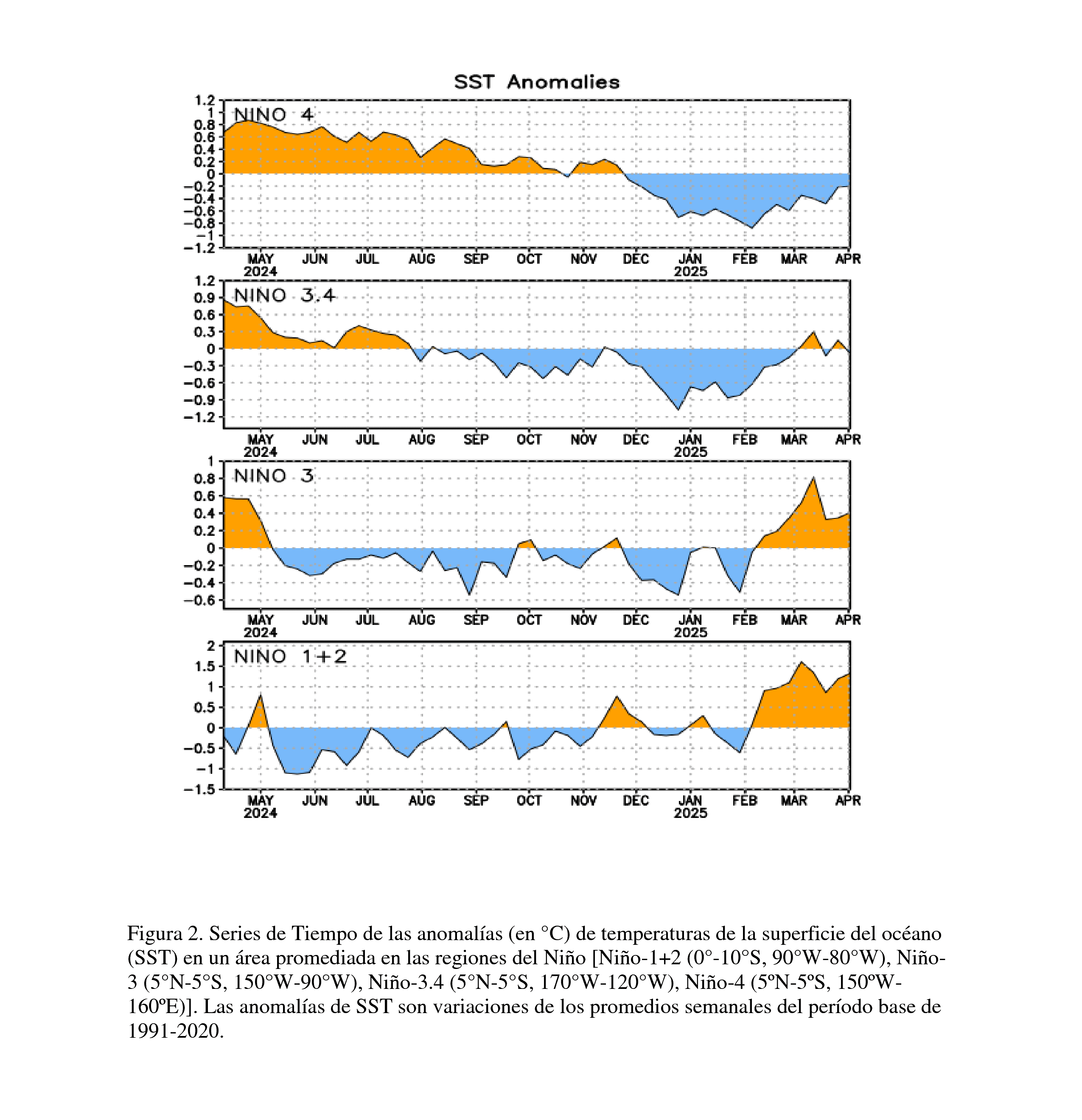
Below-average subsurface temperatures weakened [Fig. 3], but negative anomalies continued in the central equatorial Pacific, extending to a depth of 250 m [Fig. 4].
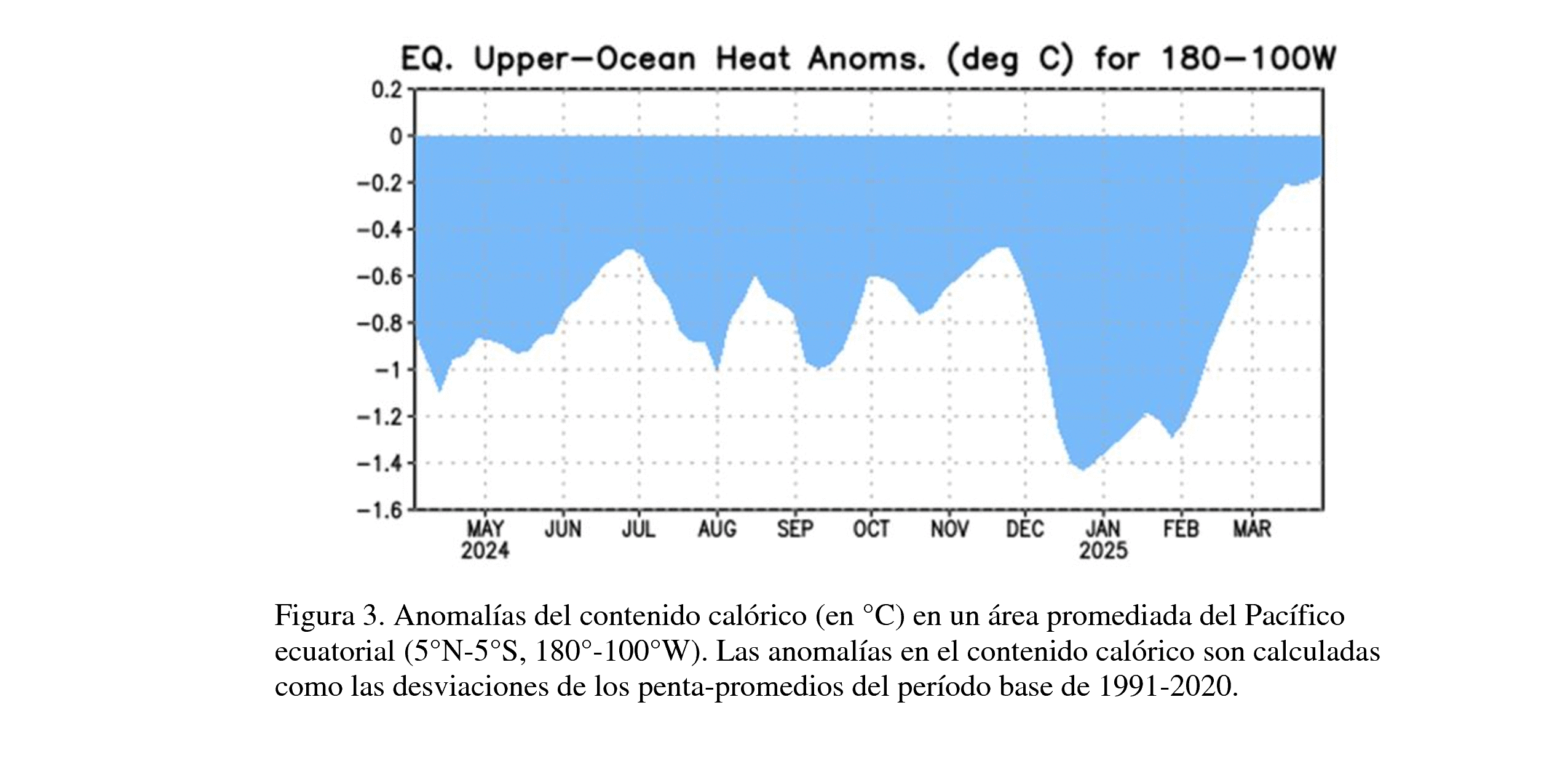
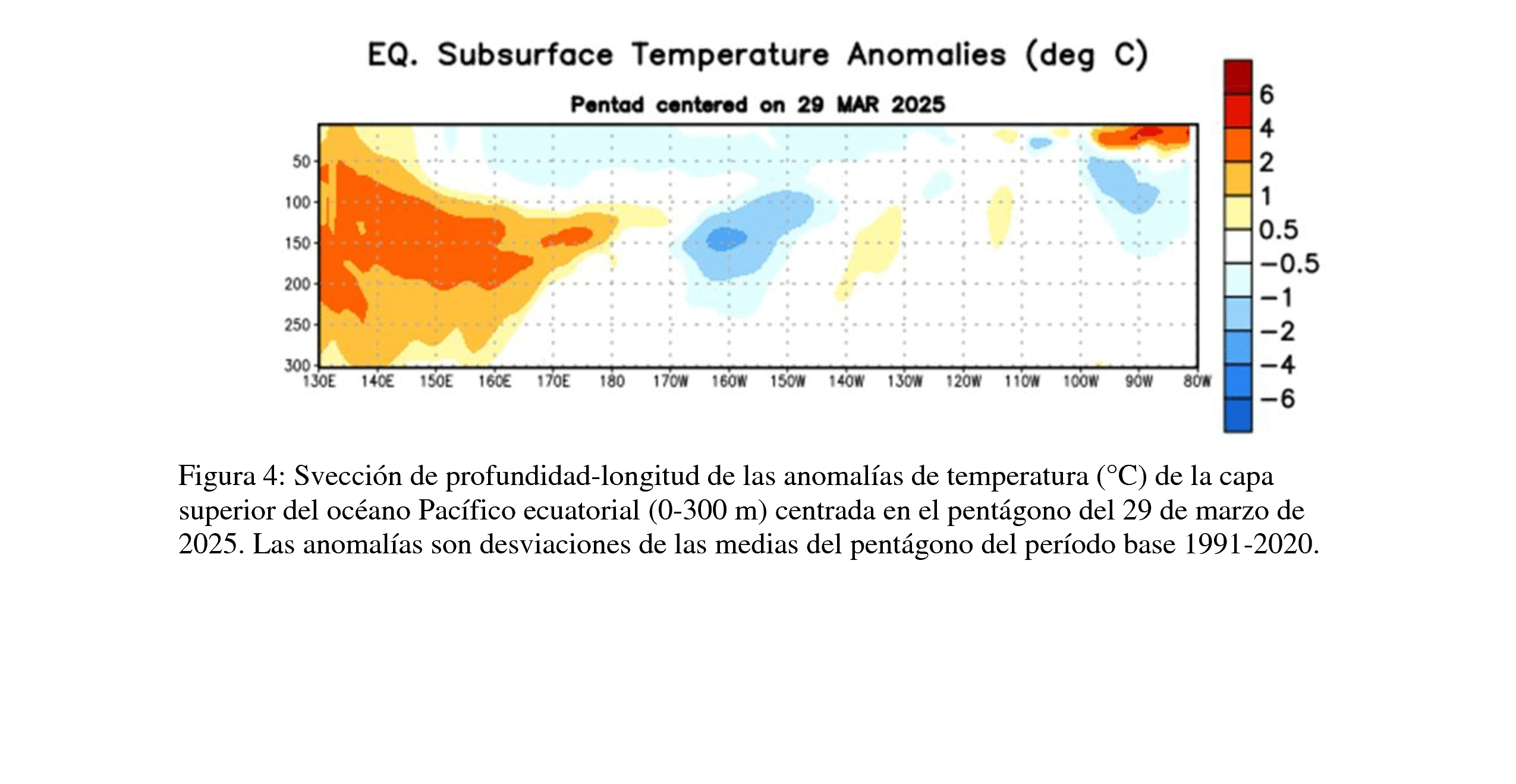
A shallow layer of above-average subsurface temperatures continued in the far eastern equatorial Pacific. Low-level wind anomalies remained easterly over the western and central Pacific, while upper-level wind anomalies were westerly over the central Pacific.
Convection was seen as suppressed around the International Date Line and intensified near Indonesia [Fig. 5]. Both the traditional and equatorial Southern Oscillation indices were positive. Overall, the coupled ocean-atmosphere system reflected ENSO-neutral conditions.
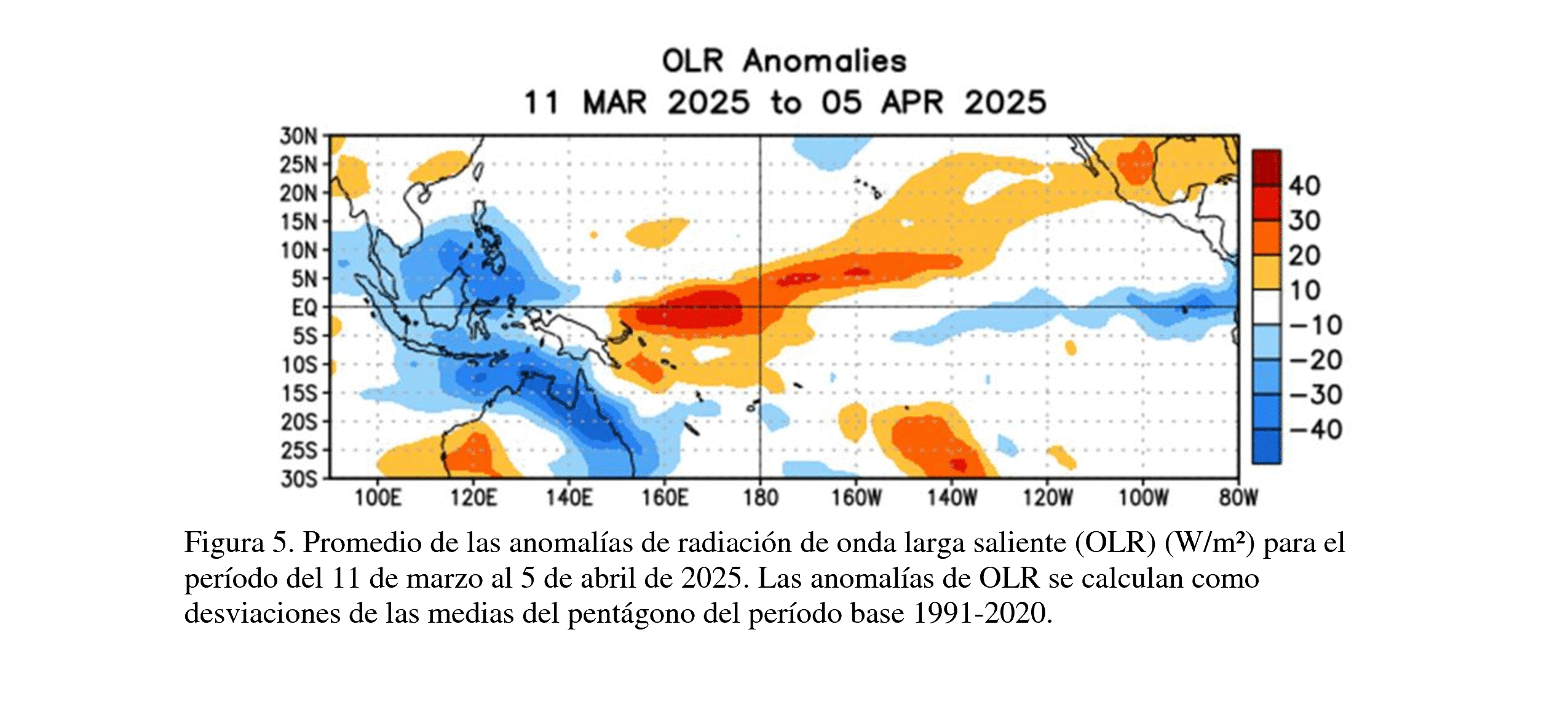
IRI and the North American Multi-Model Ensemble indicate that ENSO-neutral conditions will continue through the summer [Fig. 6]. The forecasting team also favours ENSO-neutral conditions, with a greater than 50% probability through the summer of 2025.
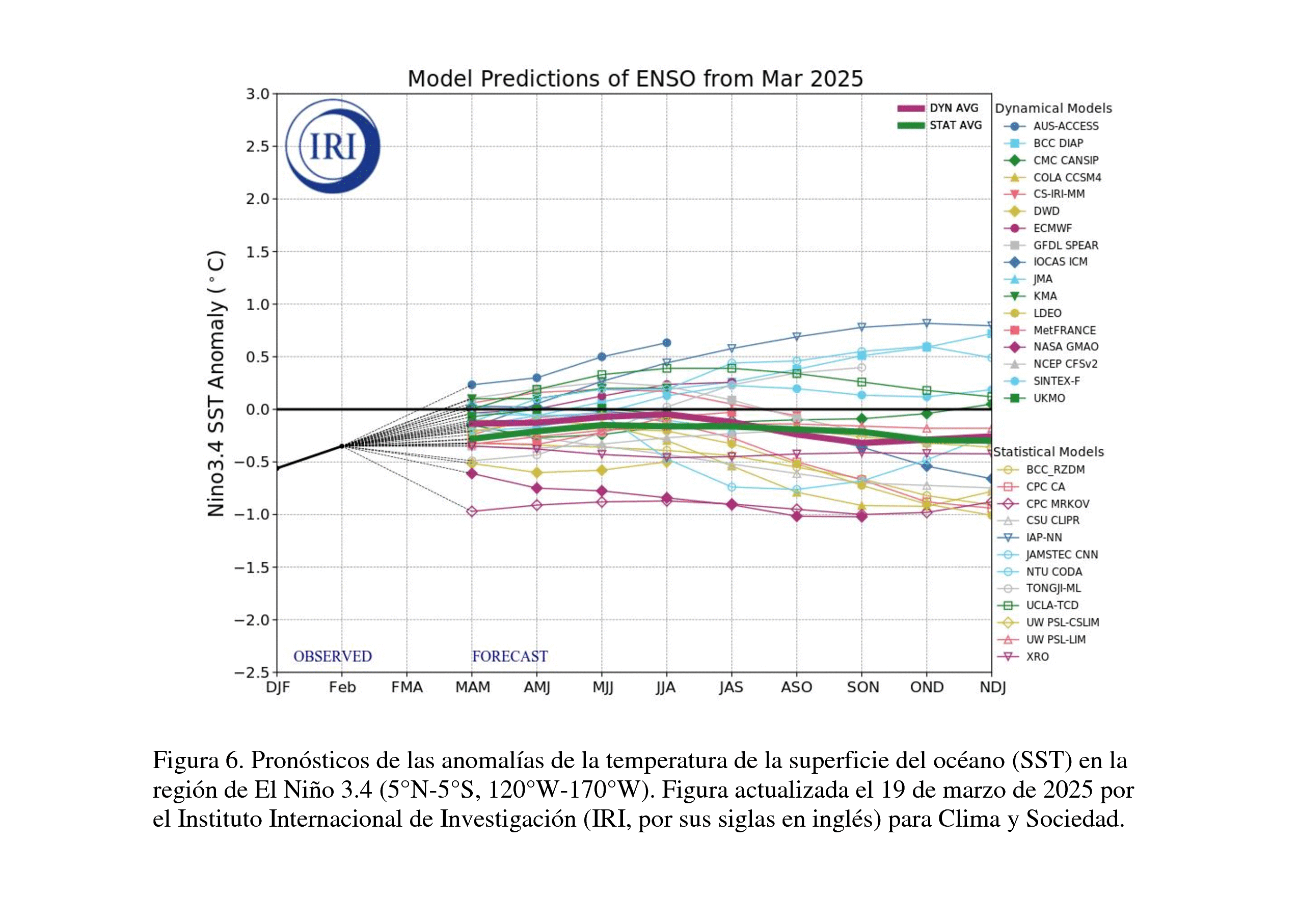
Due to the lower forecast accuracy in spring, uncertainty increases as the time horizon extends, with a 43% probability of ENSO-neutral and a 38% probability of La Niña during November 2025–January 2026 (El Niño probabilities are less than 20%). In summary, ENSO-neutral development is favoured during the Northern Hemisphere summer, with a probability greater than 50% during the period from August to October 2025 [Fig. 7].
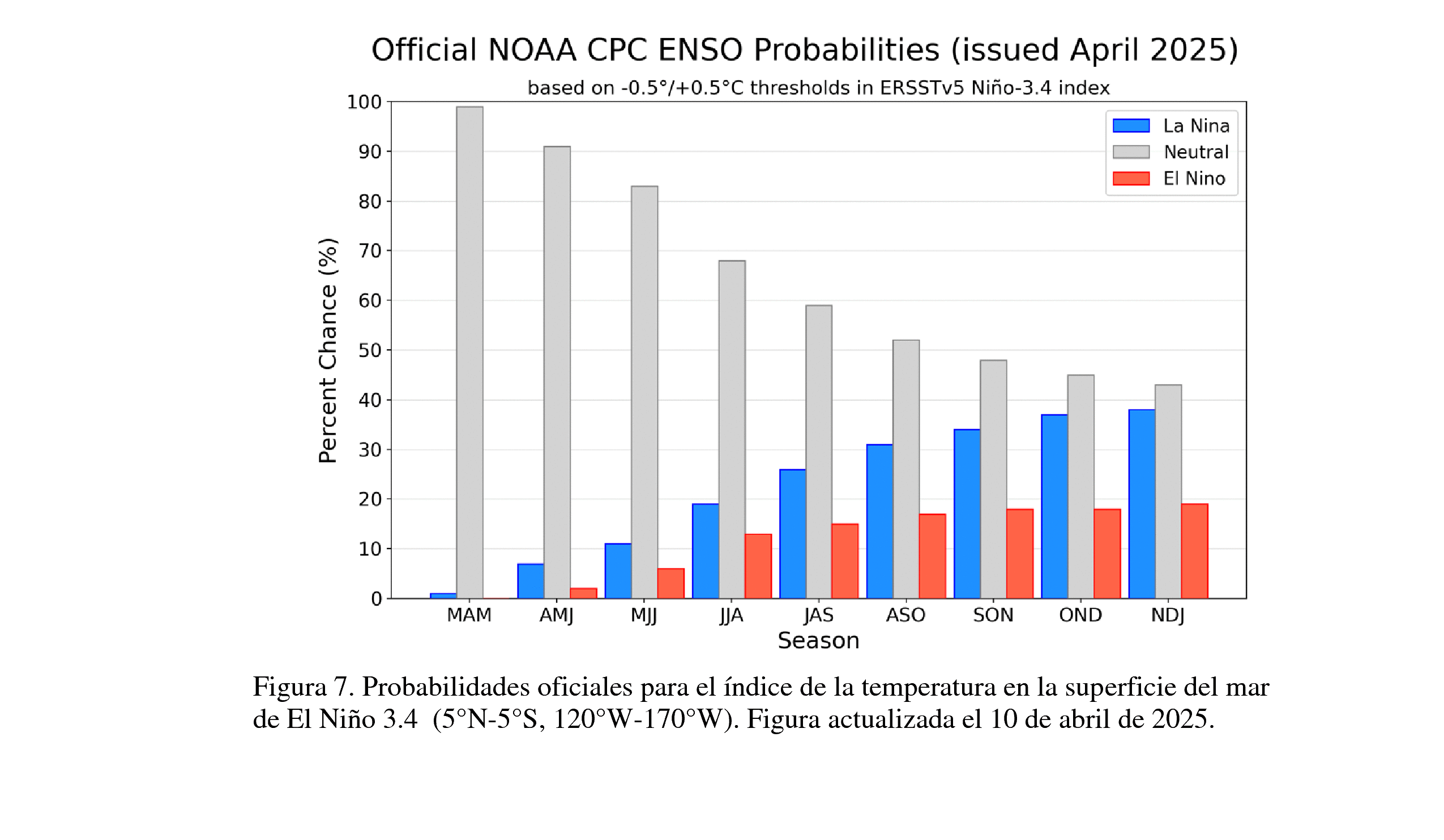
This discussion represents a collaborative initiative undertaken by the National Oceanic and Atmospheric Administration (NOAA), including NOAA’s National Weather Service, in partnership with various affiliated institutions. Together, these organizations contribute their expertise and resources to ensure the accuracy, reliability, and dissemination of critical weather-related information.
Source and credit
Climate Prediction Center. NOAA.




